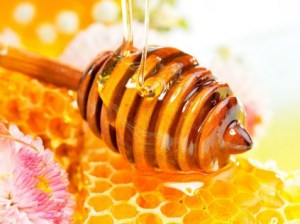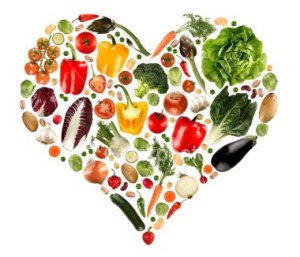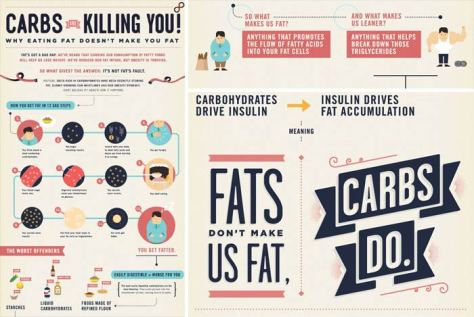What is an enzyme?
An enzyme is a biological catalyst that speeds up chemical reactions.
So having started the topic of ENZYMES…i was wondering what are some common uses of enzymes, that affect maybe our daily lives.
As being a consistent fan or soft drink….or SWEET DRINK as we trinis would like to call it,,,did you know what enzymes are partly responsible and aid in in the production of soft drink? or even milk….and even it has applications in the TEXTILE as well as medicinal industries.
here are a few examples i would like to highlight…
1) GLUCOSE ISOMERASE…..used to convert glucose into fructose.This comes from the immobilized form of the enzyme by absorbing onto resin beads present in a glass column. Since fructose is sweeter than glucose…it acheives the same sweet-ness effects as SUGAR may posess. Syrups with very high fructose content are referred to as HFCS( High fructose Corn Syrup)…hmmm how typical….anyone would have guessed that…lol…
These syrups have replaced common can sugar in the manufacture of beverages e.g. soft drink, juices etc
2)Glucose oxidase is an enzyme that catalyses the oxidation of glucose to hydrogen peroxide. It as derived from bees. It is commonly used in the medical industry to detect and monitor blood glucose levels in blood plasma. One may agree that this is quite useful, with respect to individuals suffering from diabetes.
………………………………………………………………………………………………………….
HONEY……………(HOW SWEET)
There are many different enzymes found in honey, as i discovered when i was attempting by biochemistry worksheet.
THE ENZYME NO OTHER THAN………..INVERTASE.
This enzyme is responsible for the conversion of sucrose to its constituents GLUCOSE AND FRUCTOSE.Sucrose is primarliy found in nectar.
GLUCOSE OXIDASE: This is formed when glucose in catalyzed to produce gluconic acid and hydrogen peroxide.This plays a crucial role in acti bacterial properties since it has a high acidity content.
http://www.airborne.co.nz/enzymes.shtml









